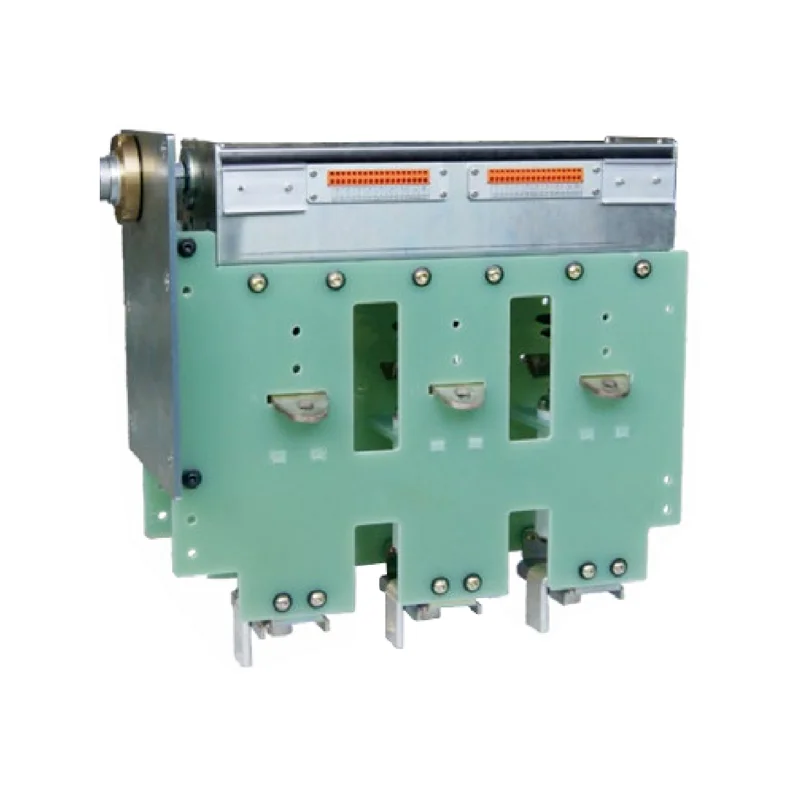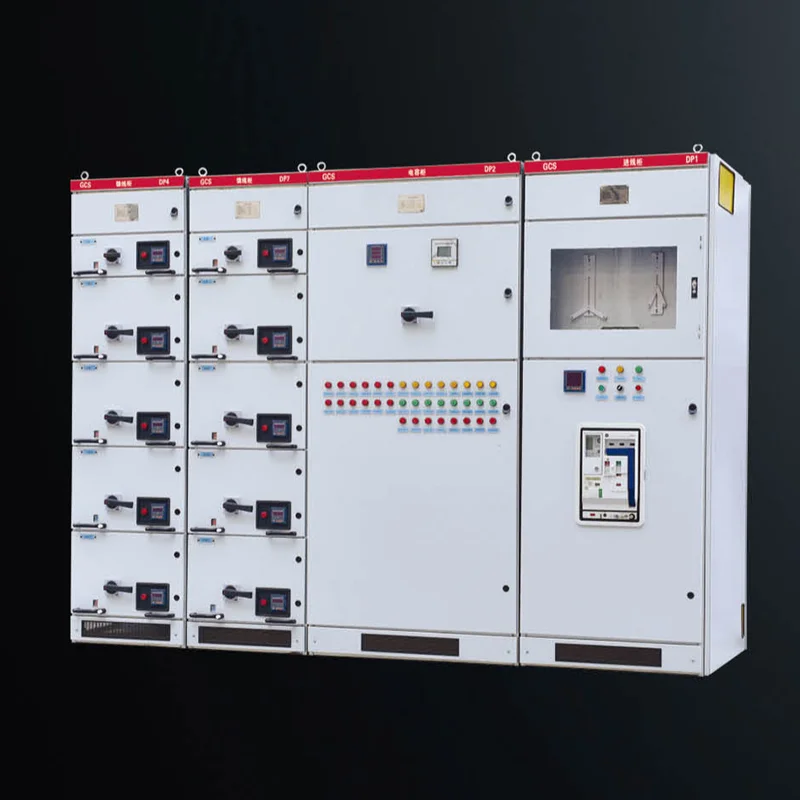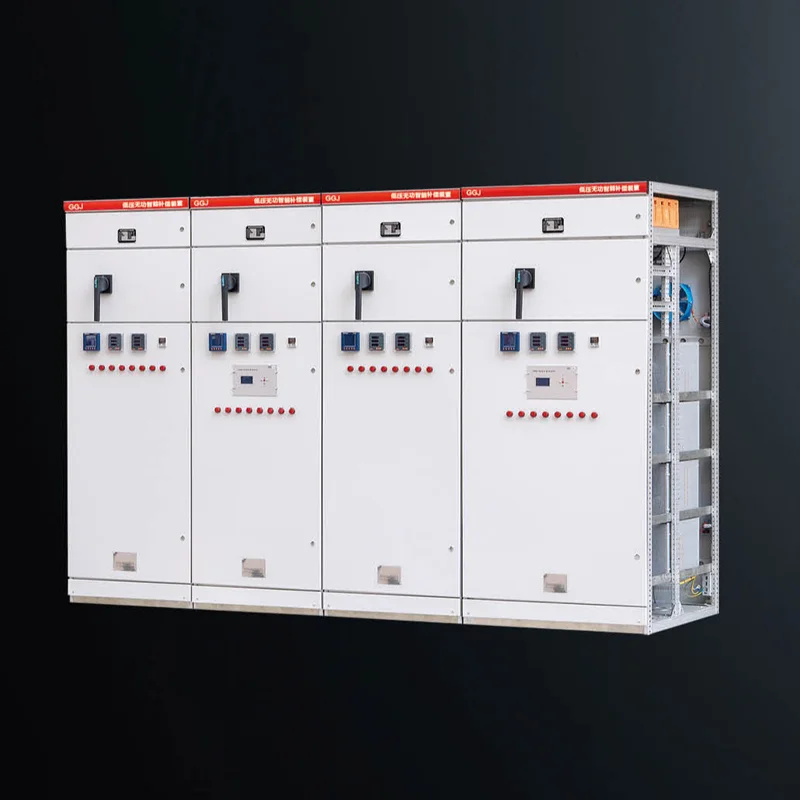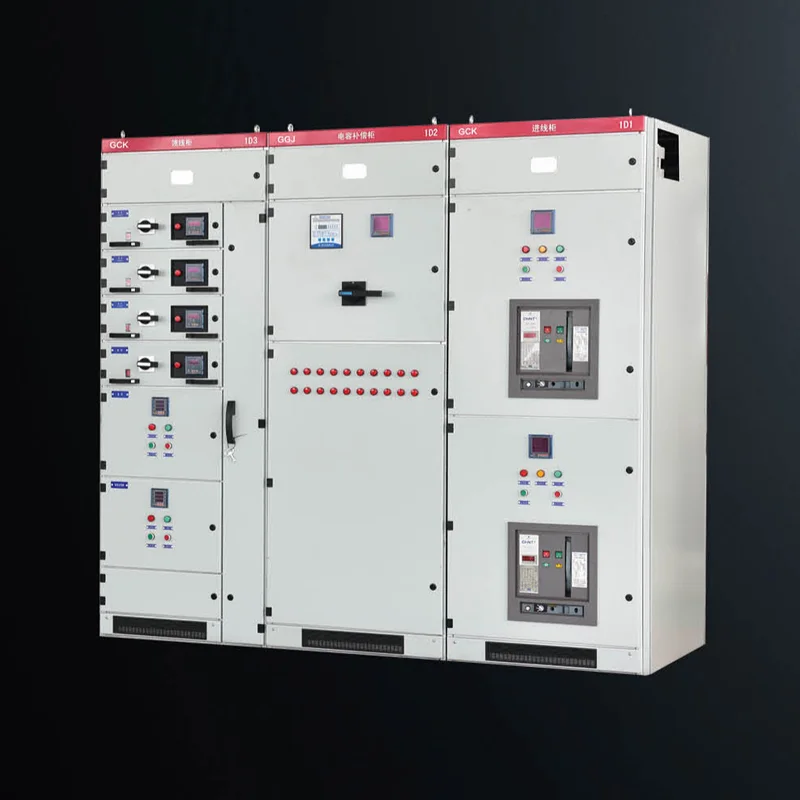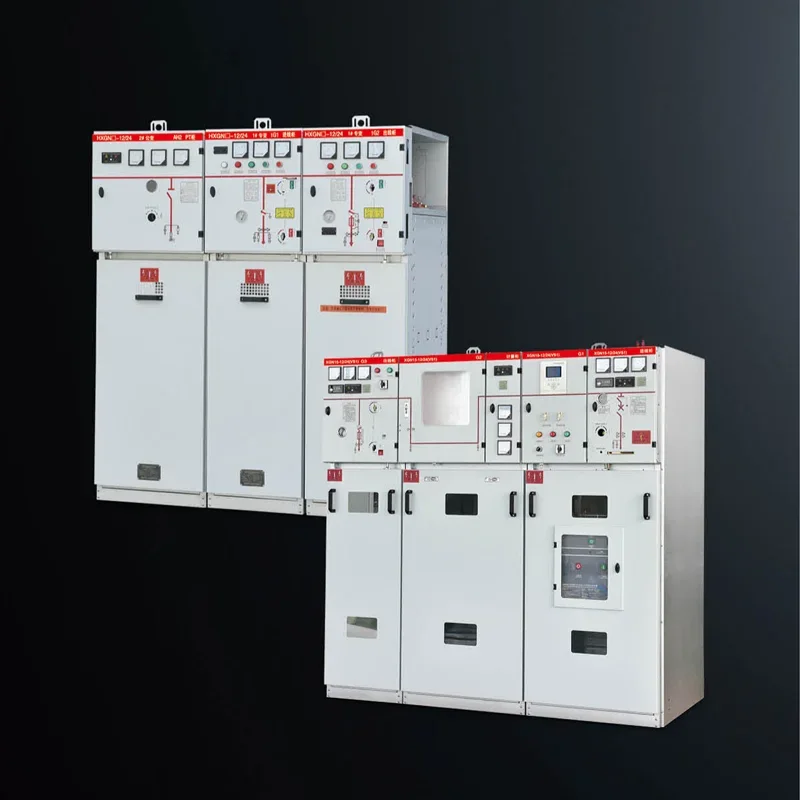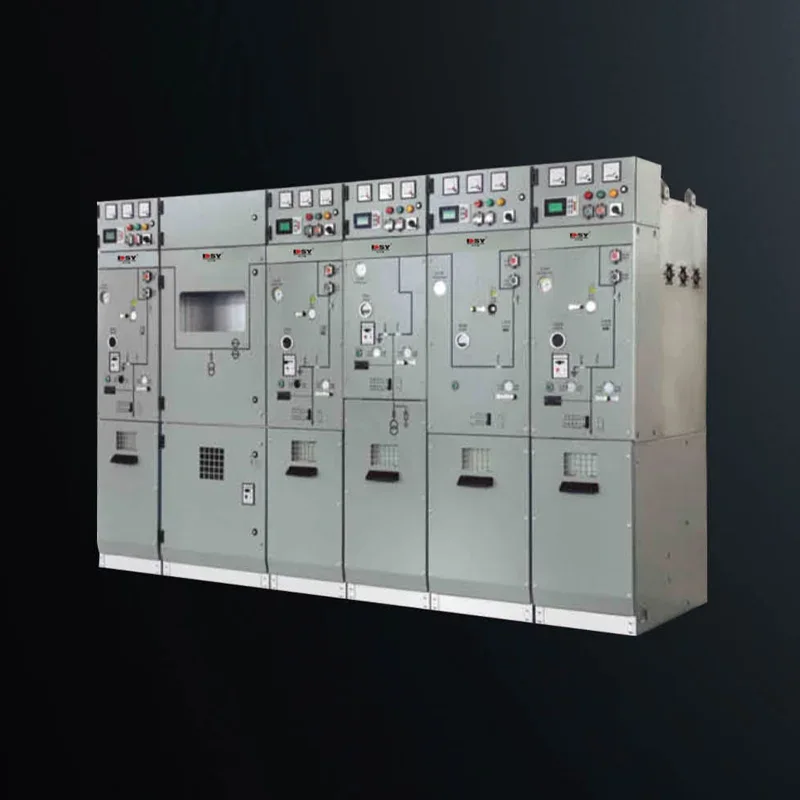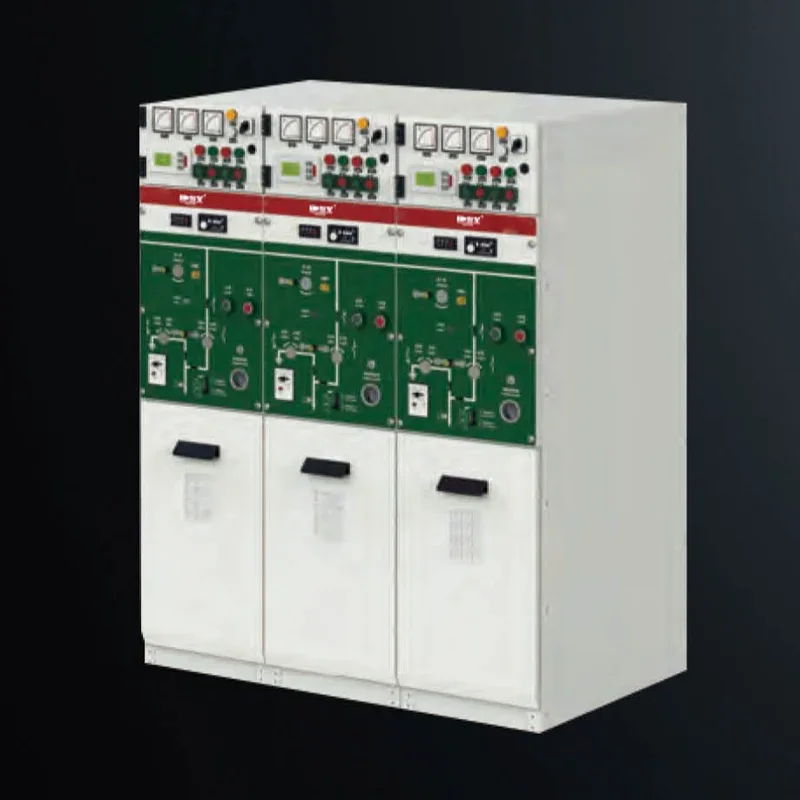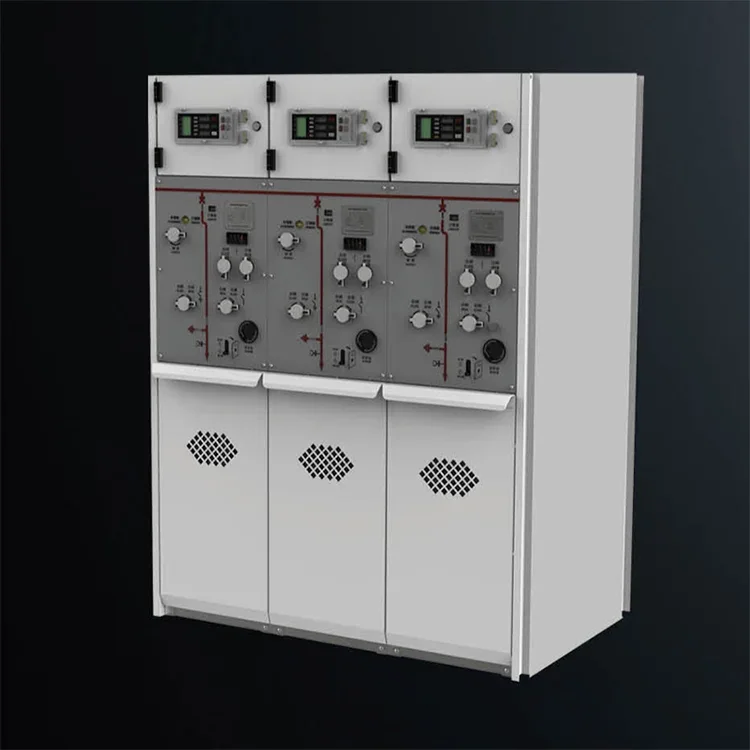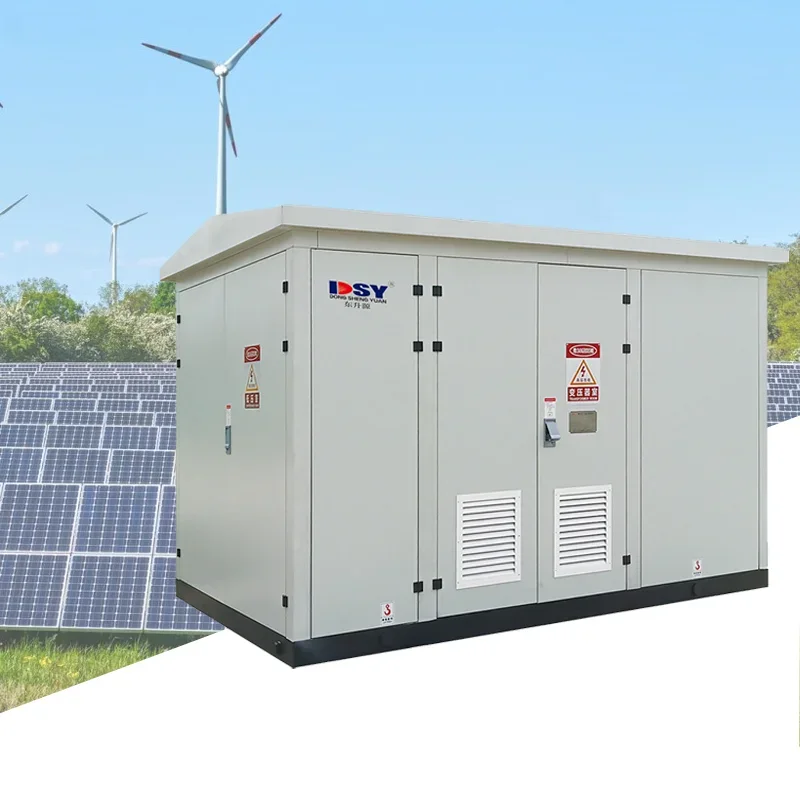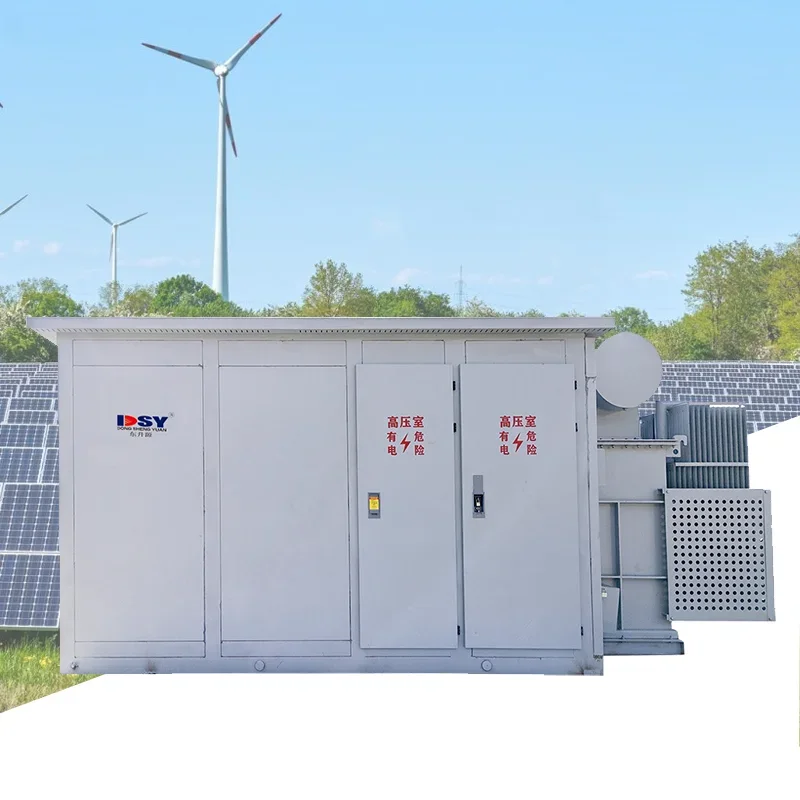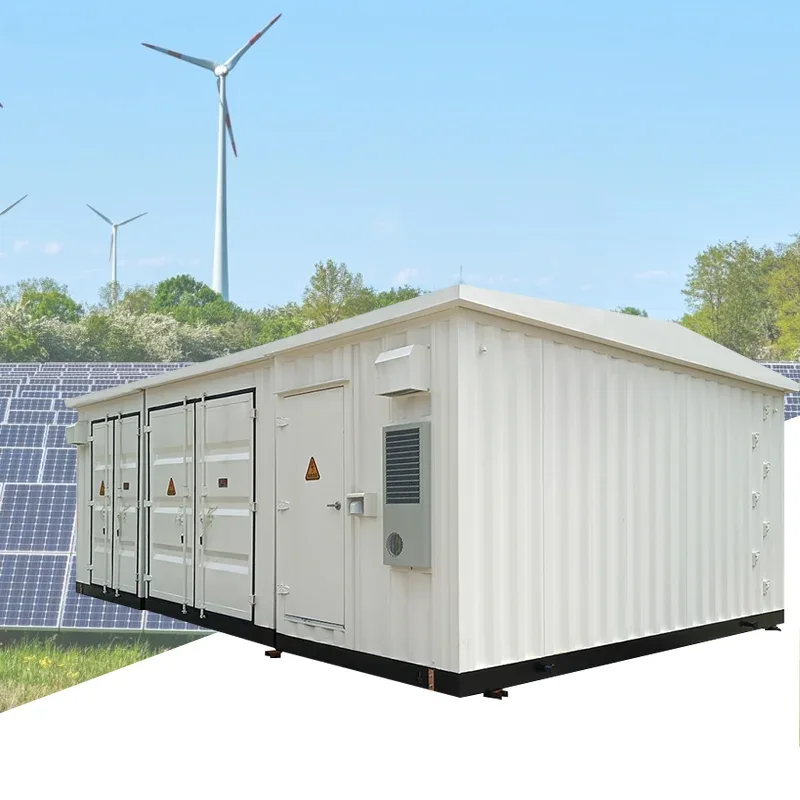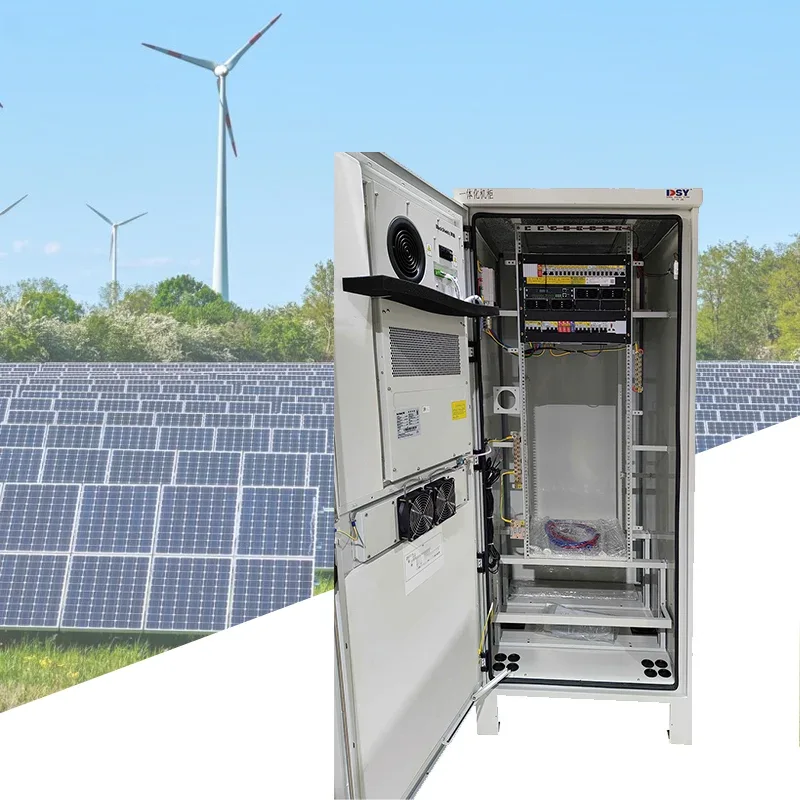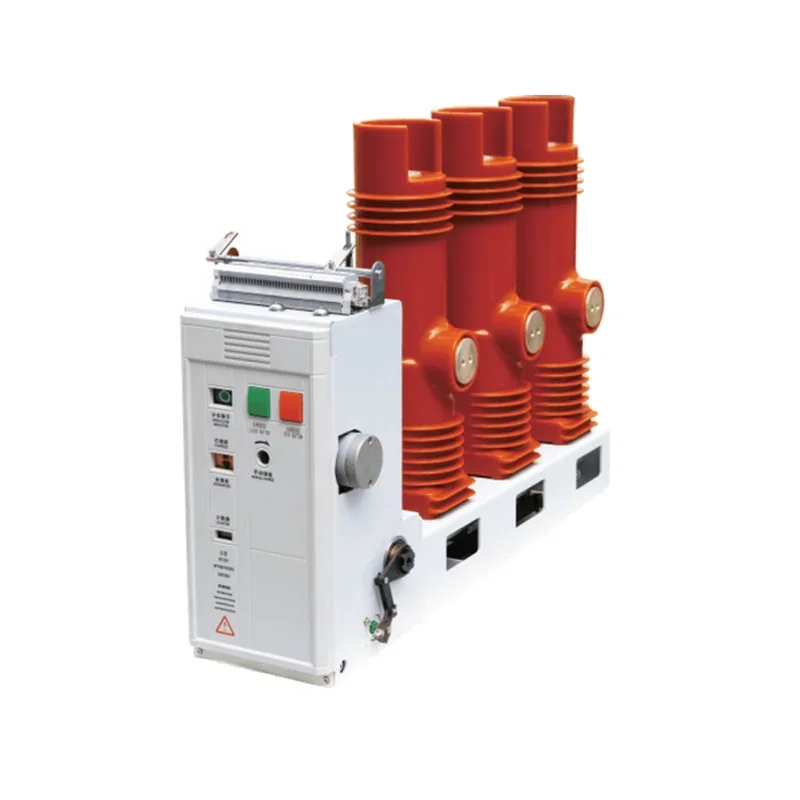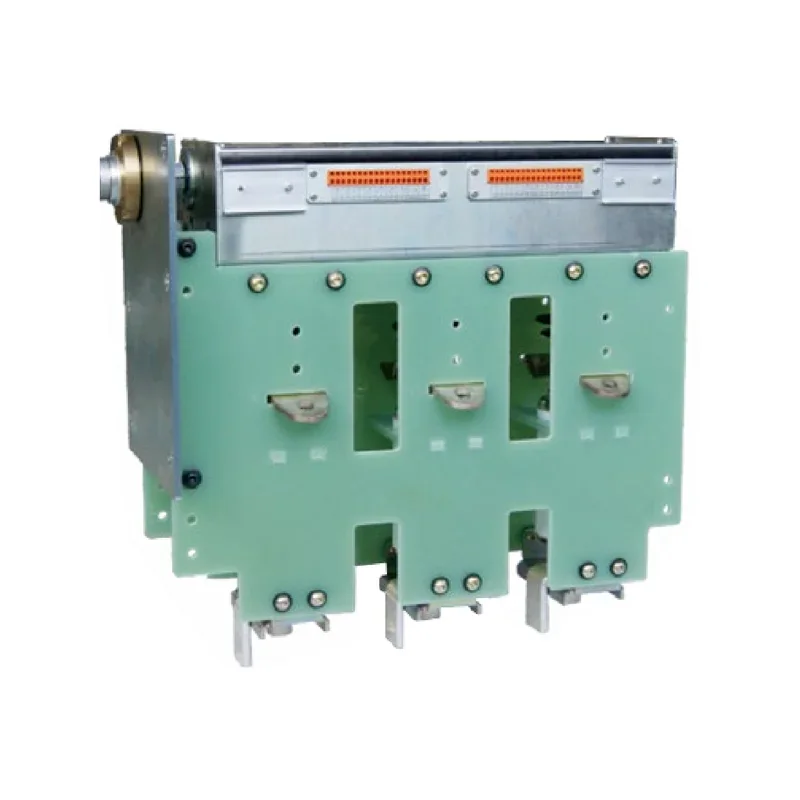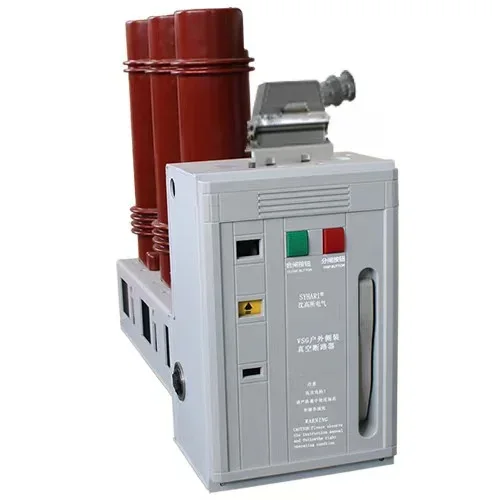Understanding Gas-Insulated Switchgear: The Future of Electrical Distribution
Gas-insulated switchgear (GIS) is an innovative technology designed to enhance the efficiency and reliability of electrical power distribution. Unlike traditional air-insulated switchgear (AIS), which uses air as the primary insulating medium, GIS employs sulfur hexafluoride (SF6) gas to insulate its electrical components. This key difference offers several benefits that make GIS an increasingly p
May 01,2025
One of the main advantages of GIS is its compact design. Because SF6 gas is an excellent insulator, GIS can operate at significantly smaller dimensions compared to its air-insulated counterparts. This compactness not only saves space, which is especially valuable in urban areas where land is limited, but also allows for more flexible layout options within substations.
Another critical aspect of GIS is its enhanced safety and reliability. The encapsulated design minimizes the exposure of live components to the environment, reducing the risk of electrical faults caused by pollutants, moisture, and other external factors. Additionally, GIS has a lower maintenance requirement due to its sealed system, which helps in minimizing downtime and operational costs.
The environmental impact of GIS is also a notable consideration. While SF6 is a potent greenhouse gas, advancements in technology are leading to improved gas management practices. Manufacturers are working on systems to capture and recycle SF6, which helps in mitigating its environmental footprint. Furthermore, GIS systems are designed with longevity in mind, which reduces the frequency of replacements and contributes to sustainable development goals.
GIS technology is particularly relevant in the context of renewable energy integration. As more renewable energy sources, such as wind and solar, are connected to the grid, the need for reliable and efficient distribution systems becomes paramount. GIS not only supports higher voltage levels but also accommodates the dynamic nature of renewable energy flows, making it an ideal solution for modern grids.
In conclusion, gas-insulated switchgear stands out as a pivotal technology in the electrical distribution landscape. Its compact design, enhanced safety features, and compatibility with renewable energy systems position it as a leading choice for future electrical infrastructure projects. As professionals in the electrical engineering sector, understanding the benefits and applications of GIS will empower you to make informed decisions and drive innovation in your projects.
Related News
The difference between circuit breakers and vacuum circuit breakers
Circuit breaker is an abbreviation for pole type circuit breaker. Circuit breakers are also vacuum circuit breakers
Voltage regulators are required for various places that require voltage control, such as controlling lighting

